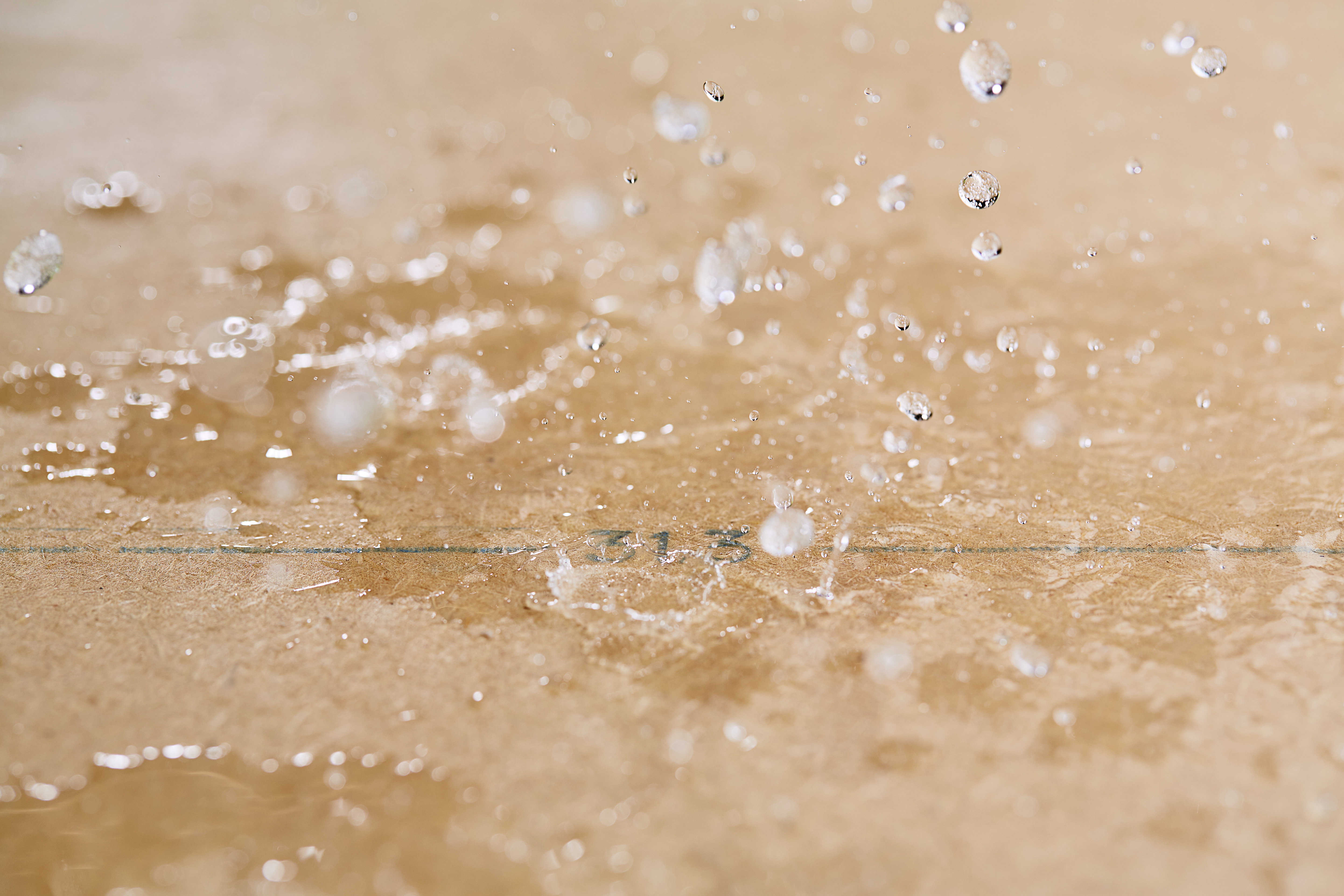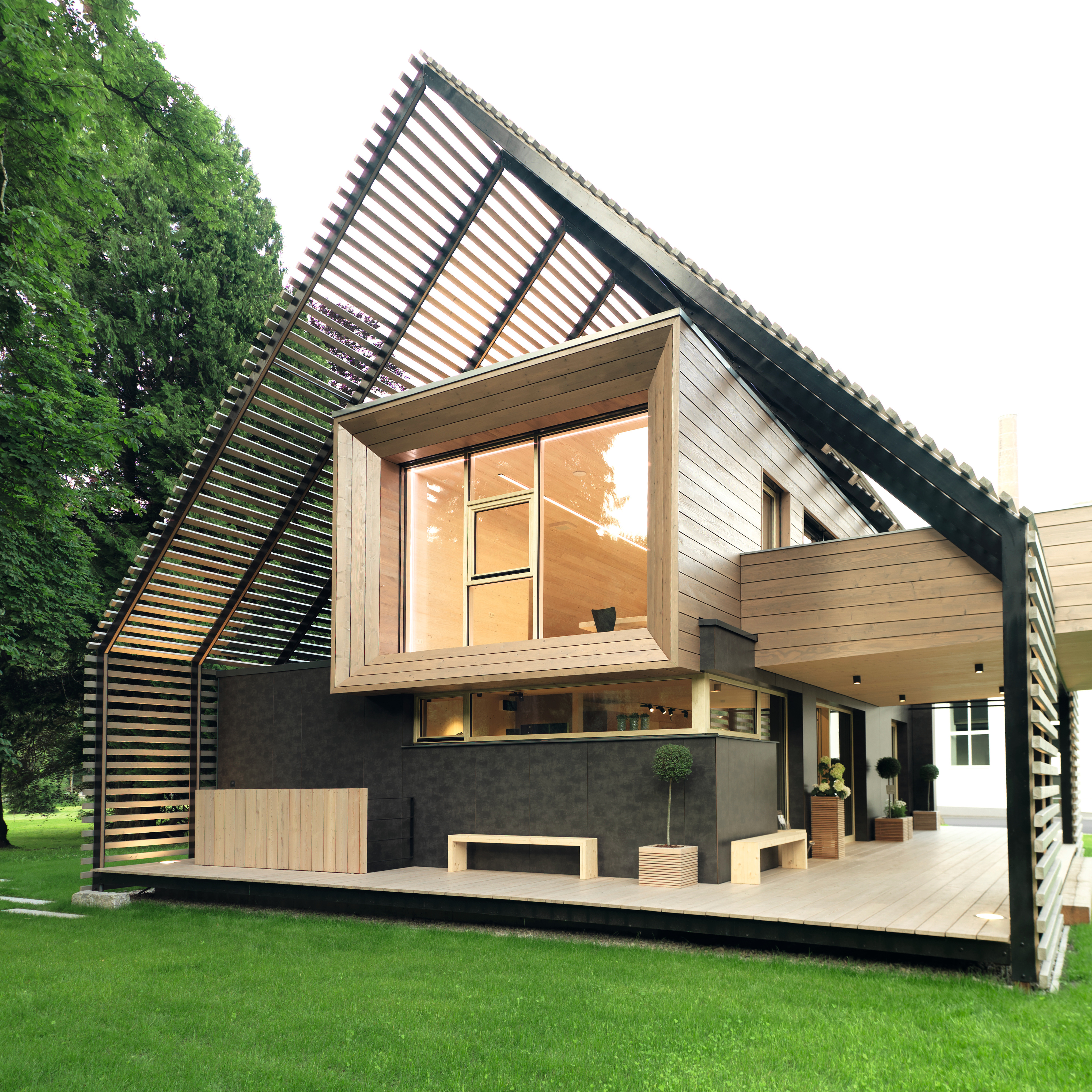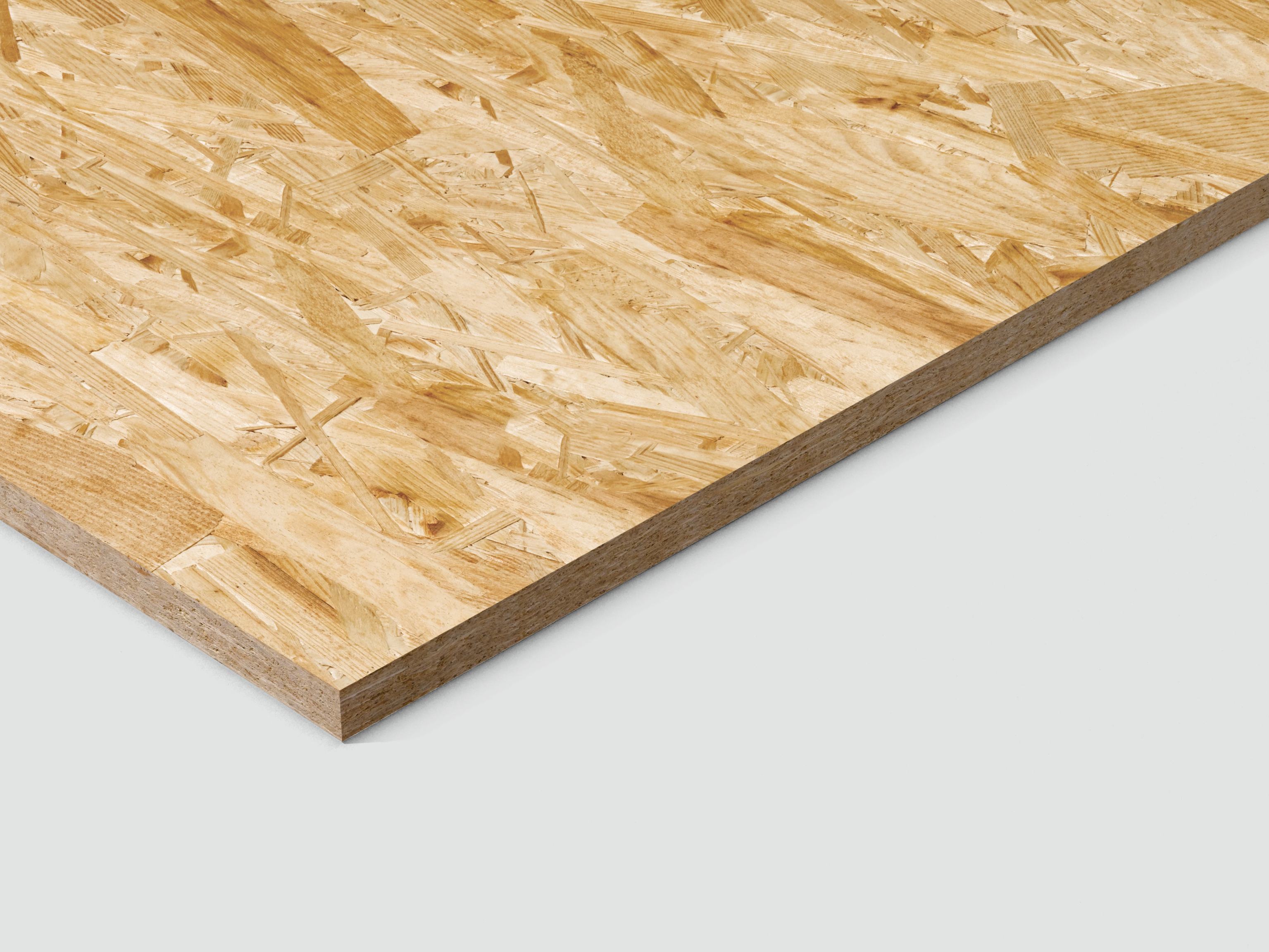Technical Support
You have any technical questions or need support concerning our products and their application? Our application engineers are pleased to support you with any queries you have:
Sales partners in your area
You can buy timber construction products from these wholesalers. You will also find all the fabricators of our products here.
Advice and recommendations on the correct moisture protection and wood preservation can be found on this page. Frequently recurring and longer lasting high material moisture levels can cause damage to the wood. This particularly affects roofs and external walls, which are exposed to weather conditions on the outside and can also be affected by water vapour diffusion and convection of warm room air. Dry and safe constructions can be realised by taking a few simple measures.
Vapour-permeable timber frame construction
With this construction method, the OSB cladding on the room side regularly assumes the function of a vapour barrier, as well as that of an airtight layer in addition to the stiffening function.
OSB is sufficient as a vapour barrier on the interior wall if the outside cladding is obtained with highly vapour-permeable materials, such as DHF panels. The following measures are available to protect the load bearing structure from precipitation or splashing water in the base area:
- ventilated facades
- external thermal insulation composite systems
- design of large roof overhangs
When establishing the airtight level, the panel joints and connections to further building components should be covered with suitable adhesive tapes. For high demands on the air-tightness of the building, such as in passive houses , we recommend the use of OSB 4 TOP with proven high air-tightness. The airtightness of the building should be verified using a blower door test, if possible during the construction process.
Leaks in the construction can hardly be avoided completely. The largely vapour-permeable timber frame construction allows subsequent drying, in case humidity has reached the structure despite the greatest of care being shown.
Good to know
Airtightness
The airtight level of a component does not allow the ambient air, driven by pressure differences, to flow from the inside to the outside via the component cross-section. This convection leads to heat loss and, in the worst case, to condensation in the cross-section of the building component.
Diffusion
In our climatic region, the diffusion flow occurs mainly in the winter period between warm indoor air and cold outdoor air. In vapour-permeable timber frame constructions, this can be reduced by the vapour-retarding properties of the EGGER OSB to such an extent that no condensation occurs on the outside.
Windproofness
With exterior cladding made of vapour-permeable wood-based materials, such as Egger DHF, a flow of cold outside air through the insulation level is avoided. Only tight board joints with a tongue and groove profile are sufficient to form this windproof level.






